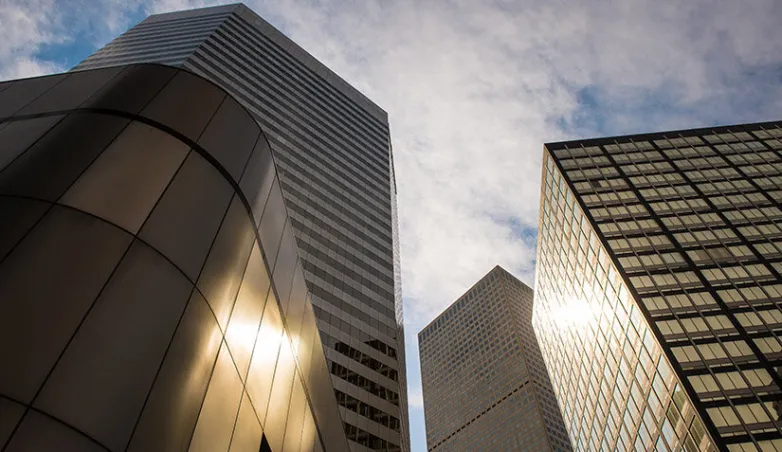Perovskite Windows Slash Energy Waste, Carbon Emissions in Buildings"
- New study from US National Renewable Energy Laboratory finds perovskite-based thermochromic windows could lead to massive energy savings and reduce carbon emissions in buildings across all climate zones in the US.

What happened?
A new study by the National Renewable Energy Laboratory in the US has found that the use of thermochromic windows based on perovskite materials in office buildings can significantly improve energy efficiency and lead to a reduction in energy waste and carbon emissions. The windows change from a transparent to an absorbing or reflecting state in response to the temperature, reducing heating loads in warm climates and cooling loads in cold climates. The research showed that adding a thermochromic laminate to single- or double-pane windows would yield the greatest energy savings. The ideal transition temperature for the windows was found to fall within the range of 68-81.5°F (20-27.5°C). (Source: Advanced Energy Materials)
Why does it matter?
Buildings account for 40% of all primary energy consumption in the US, with heating being the largest contributor. The use of thermochromic windows in these buildings can lead to a reduction in energy use and lower carbon emissions, helping to combat the effects of climate change. The study found that in warmer climates, double-pane thermochromic windows were found to be more energy efficient than even triple-pane windows, while in colder climates, adding a thermochromic laminate to create a triple-pane window provided the most energy savings. The research used a 12-story building with a window-to-wall ratio of 95% as a model and simulated energy use in the building in 15-minute intervals for a year in eight climate zones across the country.
What's next?
The findings of the study are significant for the future of energy efficiency in buildings and the reduction of carbon emissions. The researchers hope that their work will encourage the widespread adoption of thermochromic windows in buildings, leading to a reduction in energy waste and a greener future. Further research is also needed to optimize the technology and ensure its durability and effectiveness in the long term.
Also read

